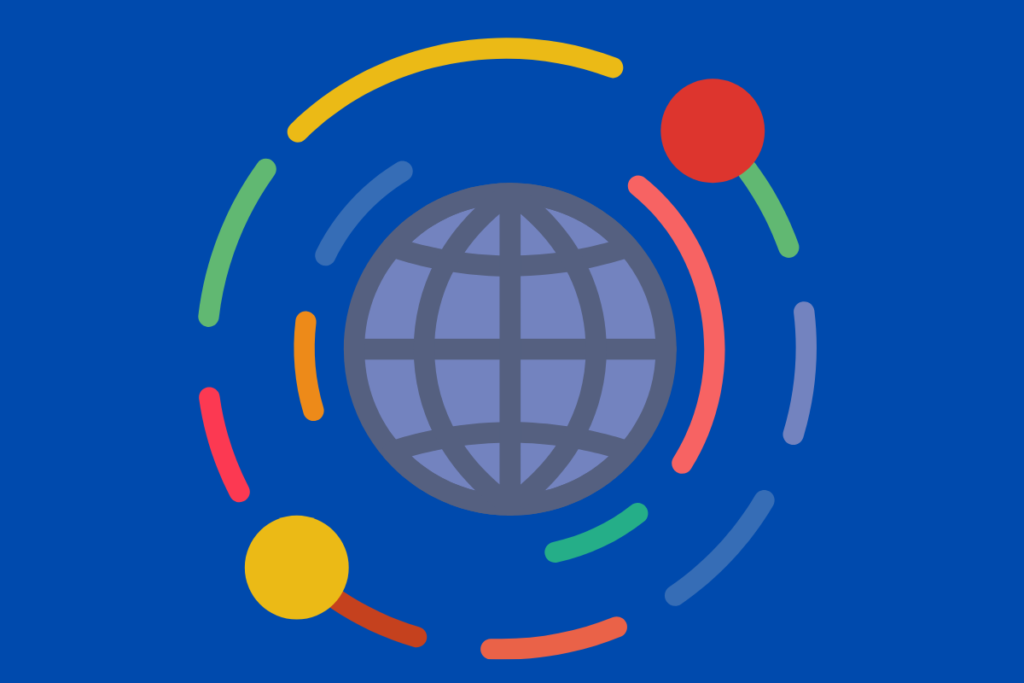
How to Generate Localization Ready Technical Copy and Images in Pre-Production

Introduction
Technical writers can help a localization project significantly by following a set of guidelines in the pre-production phase of localization – that is, when the source files are generated at the “home location.”
What is Localization?
Localization is the process of adapting a product to different languages and cultures.
Localization can be done by translating, modifying product content, adapting the design of the UI for specific markets, or altering the product’s package or documentation to reflect local customs.
The objectives of localization are to make sure that the content is relevant for each locale. It also increases marketability of an app in new regions.
Here are my suggestions as to what to include and not to include in the localization guidelines.
1) Writing Guidelines for Localization
Culturally-Specific Idioms
Exclude all culturally-specific idioms, conventions, and expressions since they are hard or impossible to translate to another language.
For example, “here are the facts straight from the horse’s mouth” is an American expression that cannot be translated easily to most other languages. Thus it should not be used in a pre-production technical source document.
Abbreviations and Acronyms
Include the open written forms of all abbreviations and acronyms the first time they are used. And the rule here is — the fewer, the better.
When one must use them, immediate disclosure is a must to prevent any misunderstandings.
Example
he North Atlantic Treaty Organization has NATO for acronym in English but OTAN (Organización del Tratado del Atlántico Norte) in Spanish.
Glossary
Include a Glossary that should define all the technical terms and concepts used in the source document.
If it is not made very clear that “resistor” refers to the electronic circuit component, it may become “a protester who resists government oppression” when translated.
(Don’t forget Murphy’s Law: whatever can happen, will happen.)
Localization Conversion Chart
Include a Unit and Measurement Conversion Chart.
In the absence of such a chart, a “1 million dollar home” can be mistranslated as a “1 million rupee home” which is 47 times less than what it should sound like within the Indian context.
Localization Don’t-Translate List
Include a list of terms and concepts that should NOT be translated and used as-is since they may sound awkward in the local language when translated.
For example, a “transistor,” “frequency modulation” or “arbitrage” are concepts that should perhaps be left alone just as they are used in the source document.
The project management should develop that Don’t-Translate list in consultation with the technical writing team for a faster and better localization process.
2) Image Guidelines for Localization
There are also important image and font considerations that you need to take into account as a technical writer for a problem-free and affordable localization process.
(SIDEBAR: Let’s immediately open a small sidebar here and stress the importance of graphics knowledge and skills in technical writing since formatting the information takes as much time of a typical technical writer as expressing it in a straightforward manner.)
RULE #1
Do not embed your image text inside your image.
One thing you should not do is to save any text that needs localization together with your original image files.
If for example, you are using Adobe Illustrator to generate your vector and EPS (Encapsulated Post Script) images, do not use the Text tool to add your captions or callouts directly onto the image itself. If you do that, the same image will need to be manipulated for a second time at the local end in order to translate the text part.
RULE #2
Do not rasterize your text while localizing, and do not convert it into a Bezier outline.
It will be especially troublesome if the text is either rasterized (as in Photoshop) or transformed into outlines and Bezier curves (as in Illustrator) since that creates non-editable text. Your text then turns into a true image, a picture. After that, it can only be changed through time-consuming image alteration methods.
SOLUTION
Instead, first import the image into your the page composition program and then add the text inside the page composition program itself.
Whether you are using MS Word, FrameMaker, QuarkExpress, Affinity Publisher, or InDesign, you can always add a text box to any imported image. Add all your captions or legends that way.
Localizing the editable content of such a text box is much easier and less costly than manipulating the image source file itself.
Conclusion
Localization in one sense means the globalization of your documents, but do it the smart way by applying the methods described above.
